AO Edited
The Gallery of Shorthand
A museum that houses a collection of stenography machines plus dozens of books, photographs, and guides to shorthand languages from around the world.
Anyone who’s watched a legal drama knows the stenographer. They’re the quiet bureaucrat in the corner of the courtroom, punching every word said into what looks like a typewriter that’s missing half its keys. But exactly what, how, and why they’re doing that remains unexplored. The humble stenographer is overshadowed by our legal system’s more romantic characters like lawyers, witnesses, and defendants.
The Gallery of Shorthand was built to change that. The small museum, located in the Alfonse M. D’Amato Federal Courthouse on Long Island, houses a collection of over 30 stenography machines plus dozens of books, photographs, and guides to shorthand languages from around the world (including Chinook). It’s a permanent exhibit designed, as the Eastern District puts it, as “a contribution to public awareness of shorthand’s role in the preservation of history.”
Indeed, while the museum’s menagerie of quirky stenography technology (obsessively collected by a retired court reporter) is undoubtedly its centerpiece, the Gallery of Shorthand also has exhibits dedicated to transcription’s crucial role in documenting world events. The museum honors the stenographer who recorded the Nuremberg trials and President Lincoln’s death, and even the New Yorker marveled at the museum’s rarest item, “an eighteenth-century handbook on Tironian notation, a form employed by Cicero and named for his enslaved secretary.”
Transcription treasures like these make the Gallery of Shorthand worth the trip, even if you don’t have other business in federal court. In fact, for your sake, we hope you don’t.

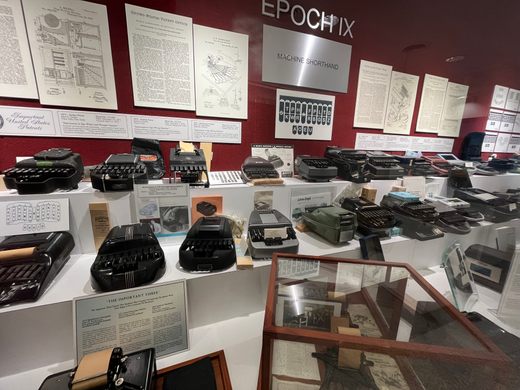







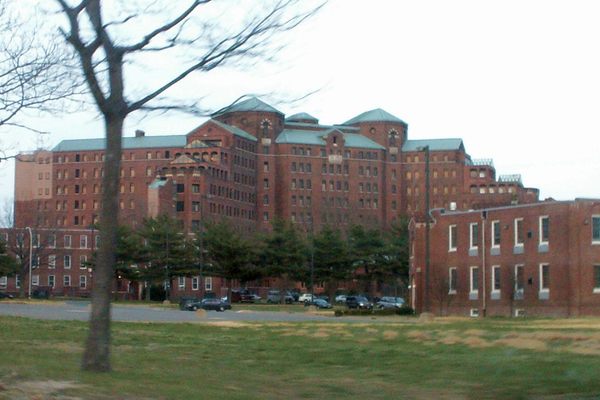
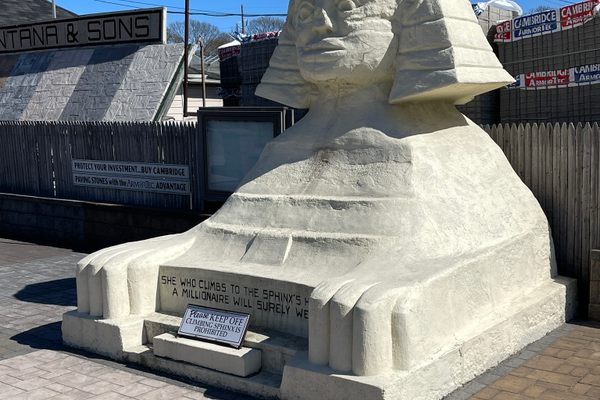



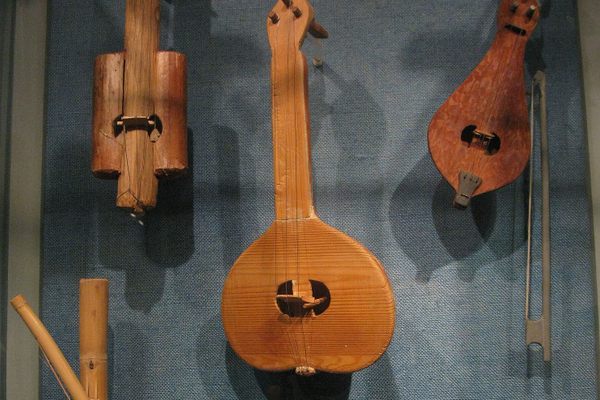
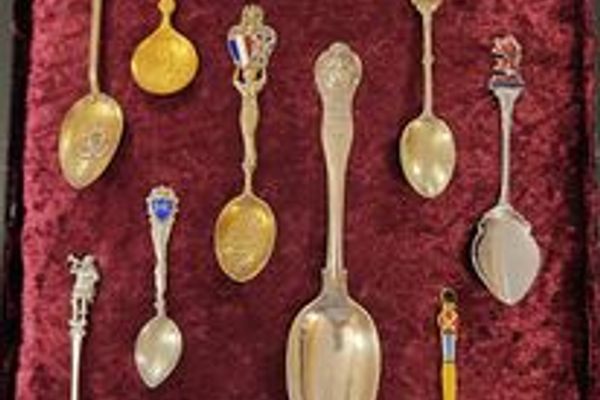


Follow us on Twitter to get the latest on the world's hidden wonders.
Like us on Facebook to get the latest on the world's hidden wonders.
Follow us on Twitter Like us on Facebook